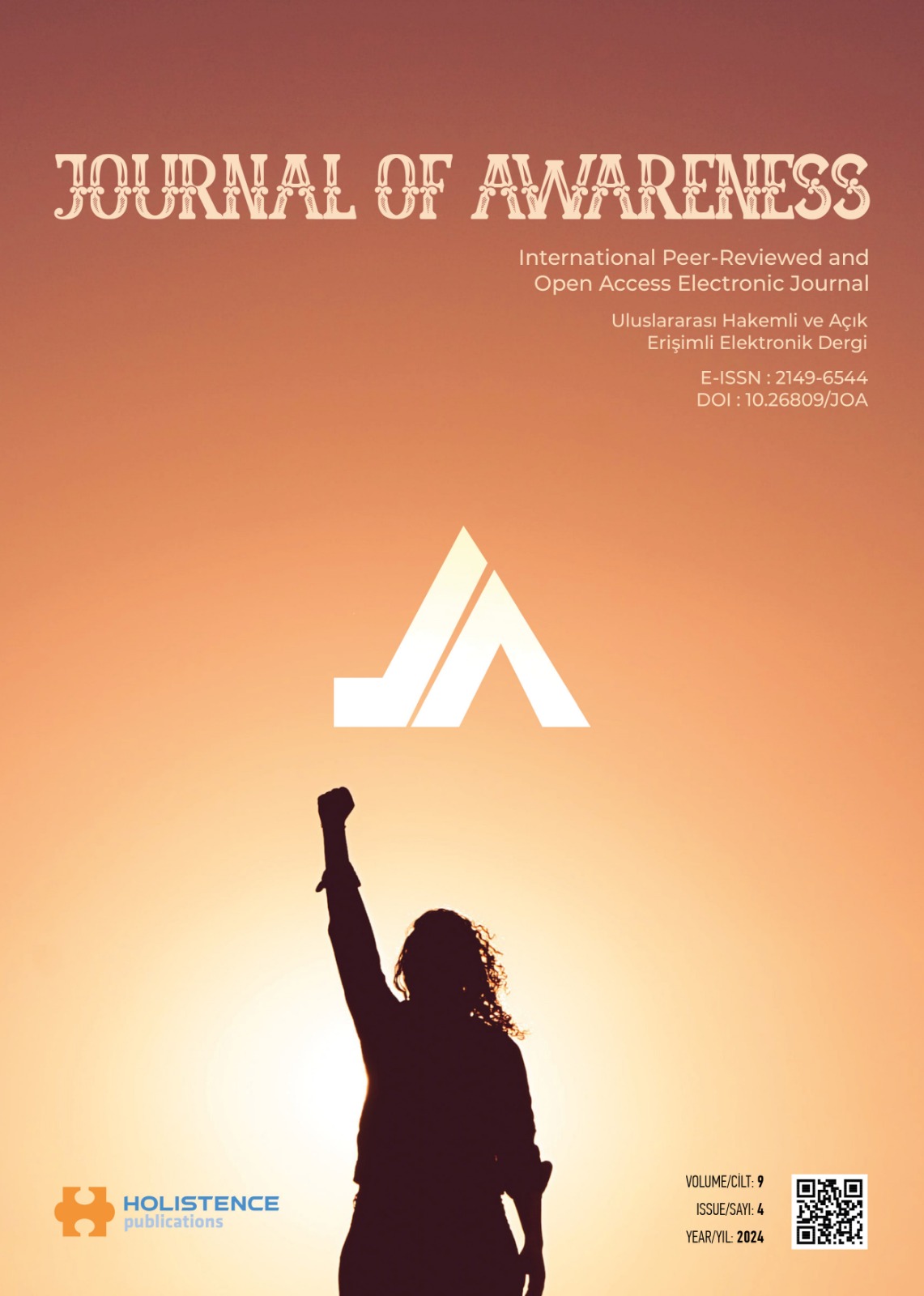Digital media and science communication: The case of Giresun University in the context of perceptions and expectations
DOI:
https://doi.org/10.26809/joa.2559Keywords:
Science, Science Communication, Giresun UniversityAbstract
This study aims to systematically examine the attitudes and activities of Giresun University in the context of science communication. The research was conducted through a survey method among individuals aged 15 and over living in Giresun city center. The questionnaire was designed to determine the participants' demographic characteristics, information source preferences, and perceptions about the university. The survey data, which was conducted with 670 participants, were analyzed using SPSS statistical software.
The findings reveal that digital media plays a decisive role in the participants' access to news about the university. In particular, while the rate of access to university-related news by individuals between the ages of 20-24 is at the level of 50%, this rate decreases significantly in individuals aged 40 and over. In addition, significant differences were observed between gender and age groups; male participants had a higher rate of access to news about the university through digital media than female participants.
These findings emphasize the importance of reconsidering Giresun University's public communication strategies and informing young individuals through digital media. The research makes an important contribution to understanding the social effects of science communication and determining the university's role in this context. In conclusion, effective science communication contributes to the informed decision-making processes of society.
Downloads
References
AHMAD, H. B., & HALİM, H. b. (2017). Determining Sample Size for Research Activities: The Case of Organizational Research. Selangor Business Review, 2(1), 20-34.
AKOĞLU, A. (2011, Ağustos). Bilim İletişimi. Bilim ve Teknik, s. 24-29.
BURAKGAZİ, S. G. (2017). Kritik Olaylar, Politik Dokümanlar, Raporlar ve Araştırmalar Işığında Türkiye'de Bilim İletişimi. Selçuk İletişim, 10(1), 232-261.
BURNS, T., O'CONNOR, J., & STOCKLMAYER, S. M. (2003). Science Communication: A Contemporary Definition. Public Understanding of Science(12), 183-202.
DİJKSTRA, A. M., BAKKER, L. D., DAM, F. V., & JENSEN, E. A. (2020). Setting the Scene. A. M. Dijkstra, L. d. Bakker, F. v. Dam, E. A. Jensen, & A. M. Dijkstra (Dü) içinde, Science Communication (s. 1-19). World Scientific.
DURSUN, Ç. (2010). Dünyada Bilim İletişiminin Gelişimi ve Farklı yaklaşımlar: Toplum için Bilimden Toplumda Bilime. Kurgu Online International Journal of Communication Studies, 23(1), 1-35.
DURSUN, Ç., YILDIRIM BECERİKLİ, S., & DURSUN, B. Y. (2013). Türkiye'de Bilim Teknoloji ve Yenilik Haberlerinin Alımlanması ve Bilim Haberciliğini Geliştirmek. Ankara: TÜBİTAK.
DURSUN, Ç., YILDIRIM BECERKLİ, S., & DURSUN, B. Y. (2010). Türkiye'de Bilim Haberlerinin Görünürlüğü ve Temsili: 1993-2008. Ankara: TÜBİTAK.
FULLER, S. (1999). The Governance of Science: Ideology and the Future of the Open Society. Buckingham , Philadelphia: Open University Press.
NELKİN, D. (1987a). The Culture of Science Journalism. Society, 24(6), 17-25.
NELKİN, D. (1994b). Bilim Nasıl Satılır. İstanbul: Şûle Yayınları.
SOCIETY, R. (1985). The Public Understanding of Science. London: Royal Society.
Downloads
Published
How to Cite
Issue
Section
License
Copyright (c) 2024 Holistence Publications

This work is licensed under a Creative Commons Attribution 4.0 International License.
When the article is accepted for publication in the Journal of Awareness, authors transfer all copyright in the article to the Rating Academy Ar-Ge Yazılım Yayıncılık Eğitim Danışmanlık ve Organizasyon Ticaret Ltd. Şti.The authors reserve all proprietary right other than copyright, such as patent rights.
Everyone who is listed as an author in this article should have made a substantial, direct, intellectual contribution to the work and should take public responsibility for it.
This paper contains works that have not previously published or not under consideration for publication in other journals.











